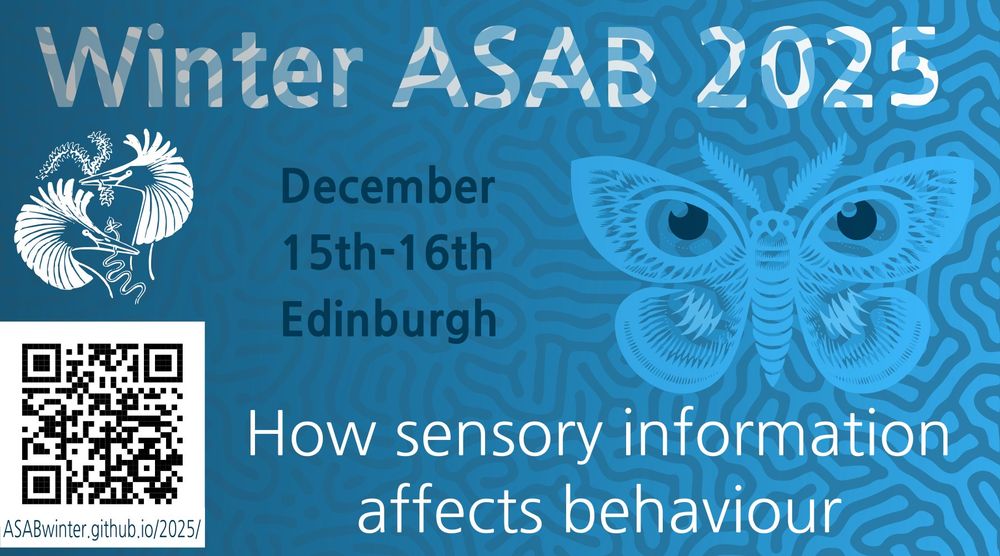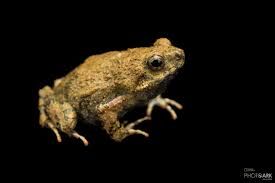






15th & 16th Dec, abstracts due end Aug. More info and registration asabwinter.github.io/2025
Co-hosted with @jtroscianko.bsky.social and Innes Cuthill

15th & 16th Dec, abstracts due end Aug. More info and registration asabwinter.github.io/2025
Co-hosted with @jtroscianko.bsky.social and Innes Cuthill
@uniexecec.bsky.social @royalsocietypublishing.org

@uniexecec.bsky.social @royalsocietypublishing.org

















